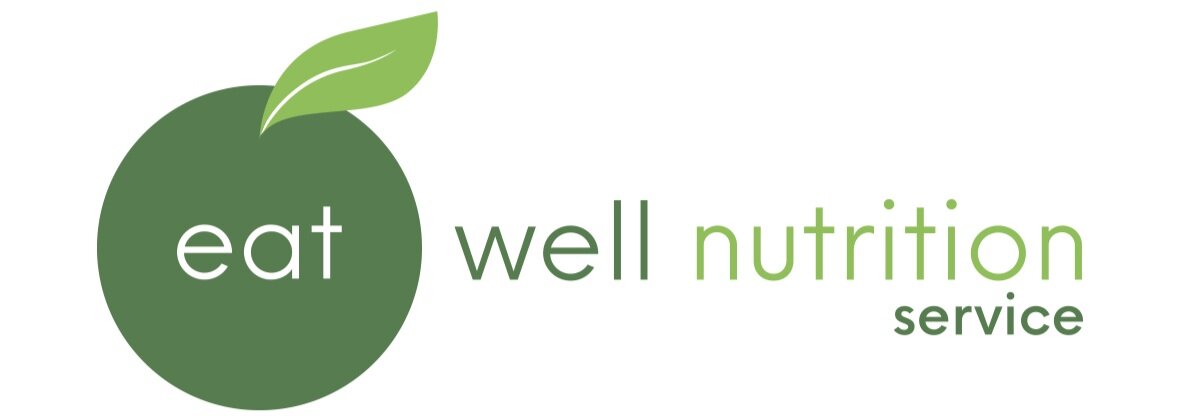Eat For Health – New Australian Dietary Guidelines
Recently the new Australian Dietary Guidelines were released. Lots of chatter has been buzzing about these updates. Some individuals are disappointed that more emphasis has not been placed on the importance of certain foods or even the environmental costs of particular foods, while others feel it’s a valuable update that was necessary in our nutrition and food-obsessed society. With so many fad diets and confusing nutrition messages popping up, we feel that these guidelines provide necessary and scientifically-supported advice for Australians.
So what do these new guidelines say? The main takeaway points are simple. The focus has been on updates backed by scientific evidence. While some new “health” foods are reported to be beneficial, many of these claims are lacking any real scientific support. It’s important to note that nutrition is a young science and is constantly evolving, so these updates are a great step forward focusing on what we know to be healthy now in 2013.
This evidence has led to the following recommendations for Australians:
Consume less sugar-sweetened drinks – from soft drinks to cordials and fruit juices.
Consume more non-starchy vegetables (i.e. less potato and more broccoli, carrots, leafy greens, etc), as these types of vegetables have been linked to a decreased risk of some cancers.
Regularly include wholegrain cereals, as they can assist with reducing risk of heart disease and excessive weight gain.
Include milk (and milk based products), as it has been linked with a decreased risk of heart disease and some cancers.
Regularly consume fruit, as it has been associated with a decreased risk of heart disease.
Consume less salt, as it can contribute to high blood pressure.
Support and encourage breastfeeding.
Overall the healthy eating and lifestyle message remains largely the same. Eat whole foods – less processed, pre-packaged foods and salt. Watch your portions. Eat lots of vegetables, some fruit, oily fish, meat and alternatives such as eggs and legumes, dairy, healthy fats and wholegrain cereals. Enjoy your treat foods such as chocolate or cake, but enjoy only occasionally and in appropriate, modest portions. Drink water. Exercise. It may sound simple, but research shows that many of us do not achieve these recommendations (and just look at our incidence of life-style related diseases such as heart disease and type 2 Diabetes Mellitus). So aiming to meet these guidelines is a great start. Visit www.eatforhealth.gov.au for more information. Here you can grab sample meal plans, and delve into more detail if you’re interested in learning more about how these guidelines are developed.
Lastly, here’s a little note from us at Eat Well Nutrition to the every day Aussie. We suggest you use the Australian Dietary Guidelines as advice on what types of foods you should be eating and in what portions. The evidence does point to the importance of eating well when it comes to reducing your risk of certain diseases. We also suggest you focus on health and enriching your body with wholesome, nutritious foods that give you energy and make you feel good. So go ahead and “Eat for Health”, and feel the benefits in your mind, body, health, weight, energy levels and happiness.
Australian Dietary Guidelines brochure for adults: https://www.eatforhealth.gov.au/sites/default/files/files/the_guidelines/n55g_adult_brochure.pdf
Australian Dietary Guidelines summary: https://www.eatforhealth.gov.au/sites/default/files/files/the_guidelines/n55a_australian_dietary_guidelines_summary_book.pdf
Sample meal plan for an adult male: http://www.eatforhealth.gov.au/sites/default/files/files/the_guidelines/adg_sample_meal_plan_men.pdf
Sample meal plan for an adult female: http://www.eatforhealth.gov.au/sites/default/files/files/the_guidelines/adg_sample_meal_plan_women.pdf
Sample meal plan for a child aged 9-11 years: http://www.eatforhealth.gov.au/sites/default/files/files/the_guidelines/adg_sample_meal_plan_child.pdf
